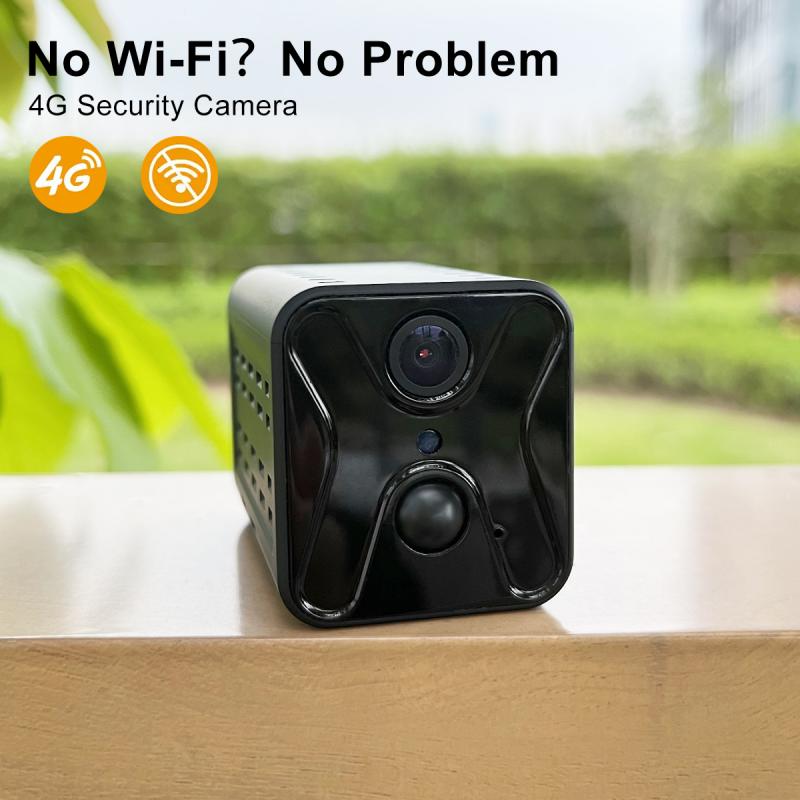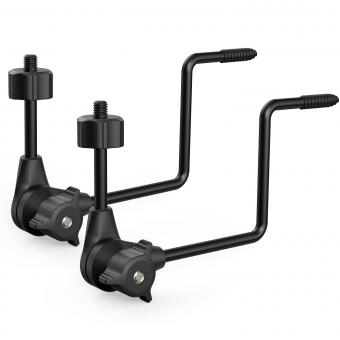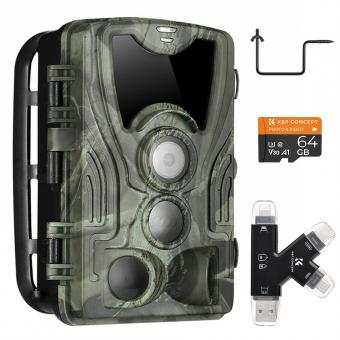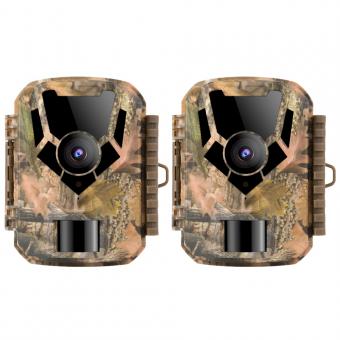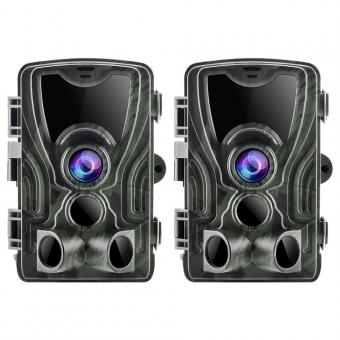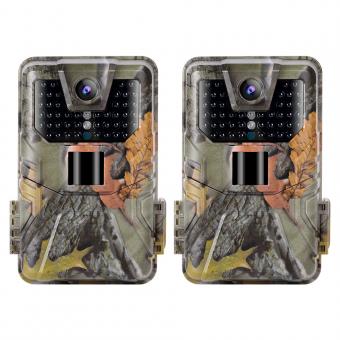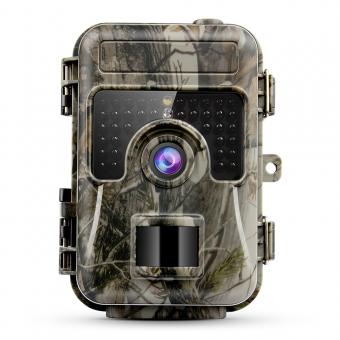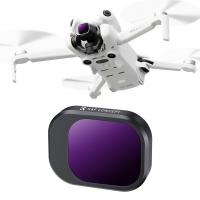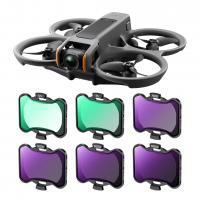How Do Wifi Trail Cameras Work ?
WiFi trail cameras work by combining the functionality of a traditional trail camera with the ability to connect to a WiFi network. These cameras are equipped with built-in WiFi modules that allow them to transmit images and videos wirelessly to a connected device, such as a smartphone or computer.
When a WiFi trail camera is set up in an outdoor location, it uses motion sensors or timers to detect activity and capture photos or videos. Once an image or video is captured, the camera compresses the file and sends it over the WiFi network to a designated device. This device can be located within the range of the WiFi network, typically within a few hundred feet.
To access the images or videos captured by the WiFi trail camera, users need to install a compatible app or software on their connected device. This app or software allows them to view, download, and manage the media files remotely. Some WiFi trail cameras also offer additional features, such as real-time streaming, cloud storage, and remote control settings, which enhance the overall user experience.
1、 Wireless Connectivity: Transmitting images and videos via Wi-Fi network.
How do WiFi trail cameras work? WiFi trail cameras are a popular choice among outdoor enthusiasts and wildlife photographers due to their convenience and ease of use. These cameras utilize wireless connectivity to transmit images and videos via a Wi-Fi network.
The process begins with the camera capturing images or recording videos of the surrounding area. The camera is equipped with a built-in transmitter that allows it to connect to a local Wi-Fi network. This can be a home network or a dedicated network set up specifically for the camera.
Once connected to the Wi-Fi network, the camera uses the internet to transmit the captured images and videos to a designated device such as a smartphone, tablet, or computer. This allows users to remotely access and view the footage in real-time, eliminating the need to physically retrieve the camera's memory card.
In recent years, advancements in technology have led to the development of more sophisticated WiFi trail cameras. These cameras often come with additional features such as motion sensors, night vision capabilities, and high-resolution image and video capture. Some models even offer cloud storage options, allowing users to store their footage securely online.
WiFi trail cameras have revolutionized the way outdoor enthusiasts and wildlife photographers capture and monitor their surroundings. The convenience of wireless connectivity and real-time access to footage has made these cameras an essential tool for those looking to document wildlife, monitor property, or simply enjoy the beauty of nature.
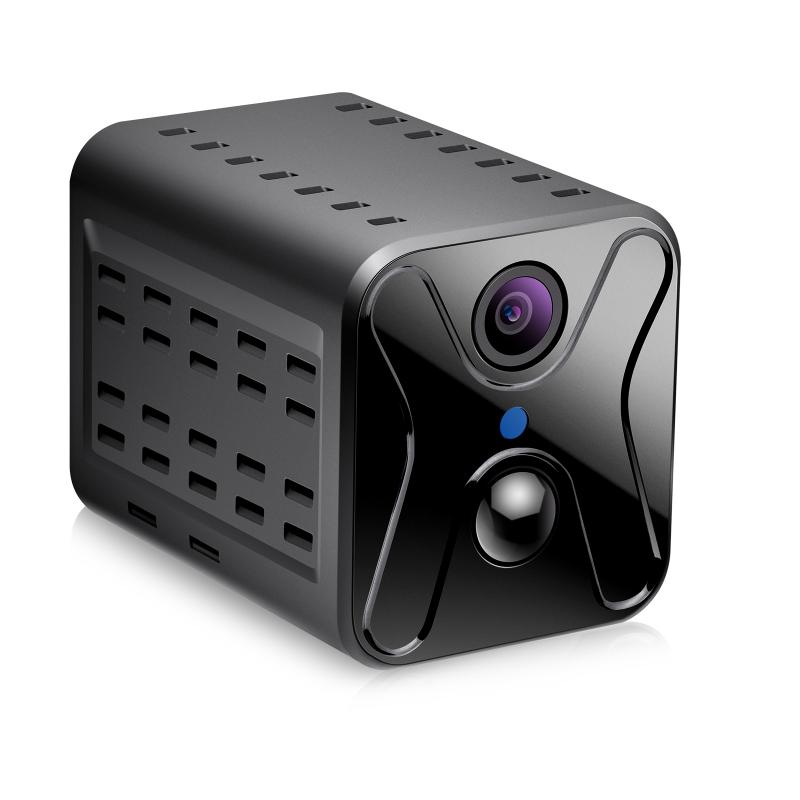
2、 Motion Detection: Activating the camera when motion is detected.
How do WiFi trail cameras work? WiFi trail cameras are innovative devices that combine the functionality of traditional trail cameras with the convenience of wireless connectivity. These cameras are designed to capture high-quality images and videos of wildlife or other subjects in remote areas, and then transmit the data wirelessly to a connected device such as a smartphone or computer.
One of the key features of WiFi trail cameras is motion detection. These cameras are equipped with advanced sensors that can detect even the slightest movement within their field of view. When motion is detected, the camera is activated, and it starts capturing images or recording videos. This feature is crucial for wildlife monitoring, as it allows users to capture rare and elusive animals without having to be physically present.
Once the camera has captured the images or videos, it uses its built-in WiFi capability to transmit the data to a connected device. This wireless connectivity enables users to remotely access the camera's feed and view the captured content in real-time. Some WiFi trail cameras also offer cloud storage options, allowing users to store their data securely and access it from anywhere.
From a latest point of view, WiFi trail cameras have seen advancements in terms of image quality, battery life, and connectivity range. Many models now offer high-resolution images and videos, ensuring clear and detailed footage. Additionally, improvements in battery technology have extended the camera's operating time, allowing for longer periods of monitoring. Moreover, the WiFi connectivity range has been enhanced, enabling users to connect to the camera from greater distances.
In conclusion, WiFi trail cameras work by utilizing motion detection to activate the camera when movement is detected. These cameras then transmit the captured data wirelessly to a connected device, providing users with real-time access to the footage. With advancements in technology, WiFi trail cameras have become more efficient and offer improved image quality, longer battery life, and extended connectivity range.

3、 Image Capture: Capturing high-resolution photos using built-in sensors.
How do WiFi trail cameras work? WiFi trail cameras are innovative devices that combine the functionality of traditional trail cameras with the convenience of wireless connectivity. These cameras are designed to capture high-resolution photos using built-in sensors, allowing users to remotely monitor wildlife activity or security surveillance.
The image capture process begins when the camera's motion sensors detect movement within its field of view. Once triggered, the camera captures a photo or a series of photos, depending on the settings chosen by the user. The built-in sensors ensure that the images are of high quality, providing clear and detailed visuals.
The key feature of WiFi trail cameras is their ability to transmit these captured images wirelessly. They are equipped with WiFi modules that allow them to connect to a local network or directly to a smartphone or computer. This wireless connectivity enables users to remotely access the camera's images and settings, eliminating the need for physical retrieval of the camera's memory card.
The latest advancements in WiFi trail cameras have introduced additional features such as real-time streaming and cloud storage. Some cameras can now stream live video footage, providing users with a real-time view of the camera's location. Cloud storage options allow users to store their images and videos remotely, providing a secure backup and easy access from anywhere with an internet connection.
Overall, WiFi trail cameras offer a convenient and efficient way to monitor wildlife or enhance security. With their high-resolution image capture capabilities and wireless connectivity, these cameras provide users with a comprehensive and accessible surveillance solution.
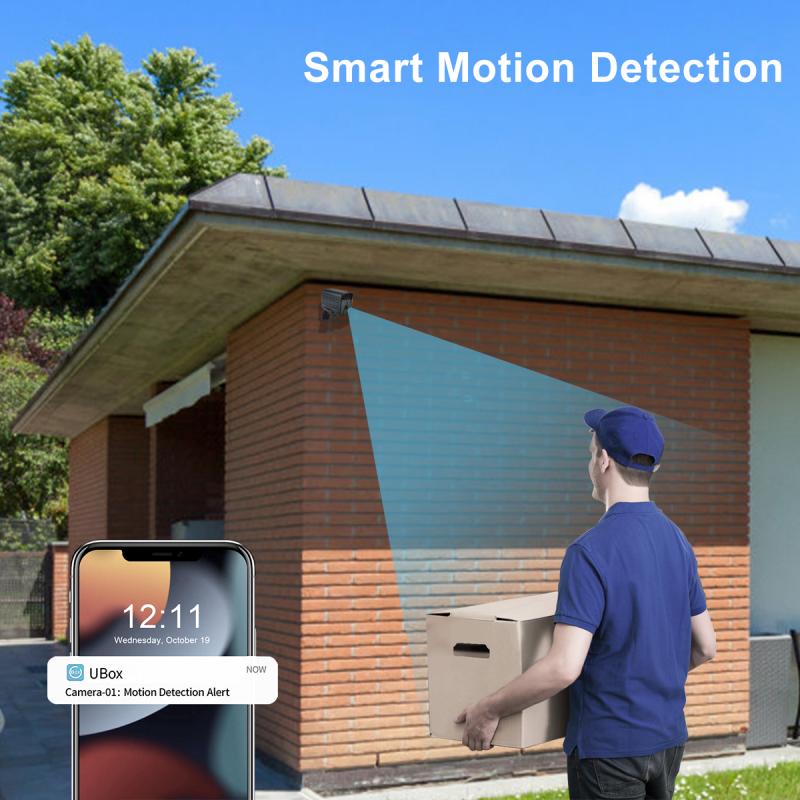
4、 Video Recording: Recording videos with audio for surveillance purposes.
How do WiFi trail cameras work? WiFi trail cameras are innovative devices that combine the functionality of traditional trail cameras with the convenience of wireless connectivity. These cameras are designed to capture photos and videos of wildlife or other subjects in remote areas, and then transmit the data wirelessly to a connected device such as a smartphone or computer.
The primary function of a WiFi trail camera is to capture high-quality images and videos. These cameras are equipped with motion sensors that detect movement within their field of view. When triggered, they capture photos or start recording videos with audio for surveillance purposes. The captured data is then stored on a memory card within the camera.
The WiFi capability of these cameras allows users to remotely access the captured data. By connecting the camera to a WiFi network, users can view the live feed, download photos or videos, and adjust camera settings from their smartphones or computers. This wireless connectivity eliminates the need for physically accessing the camera and retrieving the memory card, making it more convenient and efficient for users.
The latest advancements in WiFi trail cameras have introduced features like real-time notifications. These cameras can send alerts to the user's connected device when motion is detected, allowing for immediate monitoring and response. Additionally, some models offer cloud storage options, enabling users to store their captured data securely online.
In conclusion, WiFi trail cameras work by capturing photos and videos with audio for surveillance purposes. They utilize motion sensors to detect movement, and the captured data is stored on a memory card. The WiFi connectivity enables users to remotely access the camera, view live feeds, download data, and adjust settings. With the latest advancements, these cameras offer real-time notifications and cloud storage options for enhanced convenience and security.
